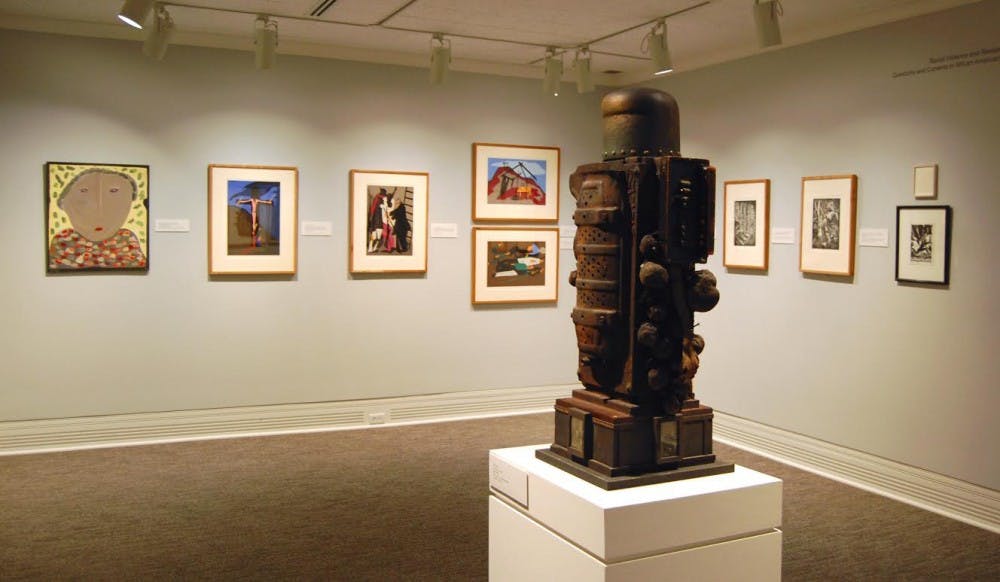Racial tension is moving away from being the elephant in the room.
For more than a year, the checkered past of the University and the racial issues of the present have been at the forefront of the student body’s collective conscience. Difficult conversations, while intended to heal, have led to disillusionment for many students.
It was in the midst of the messy, fragile and emotionally charged campus conversations on race that the Ackland Art Museum saw an opportunity to leverage art as a medium for asking questions — even those without answers.
At the request of the museum, John Bowles, associate professor of art history, curated an exhibition from the museum’s permanent collection titled, “Racial Violence and Resilience: Questions and Currents in African American Art.”
The collection includes the work of nine African-American artists in addition to one white artist, who was sympathetic to the oppression and to the history of African-Americans in the United States. Even though much of the work in the exhibition dates back to the early 20th century, Bowles said the work remains relevant to present racial tension.
“One thing that art can do is that it can demonstrate that there is a history — a long history — of African-American artists thinking about how their making art might respond to U.S. history and current events and current debates,” Bowles said.
The exhibit presents the dilemmas of whether portraying violence repeats or praises the violence and whether radical, violent response — such as that advocated by abolitionist John Brown — is appropriate when confronting racist violence. Rather than providing a solution to these questions, the exhibit showcases work that asks them.
“The artists understand how complex these histories and these debates are, I think,” Bowles said.
Peter Nisbet, chief curator of the Ackland, said the museum has a long history of striving to include African-American artists in the historical narrative it presents through its American folklife collection.



